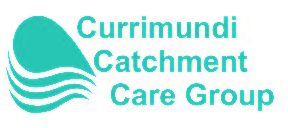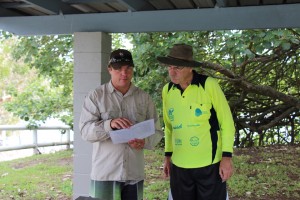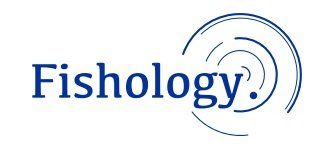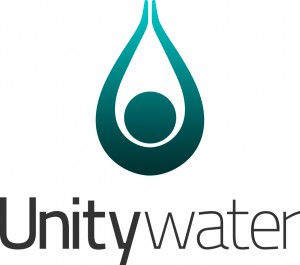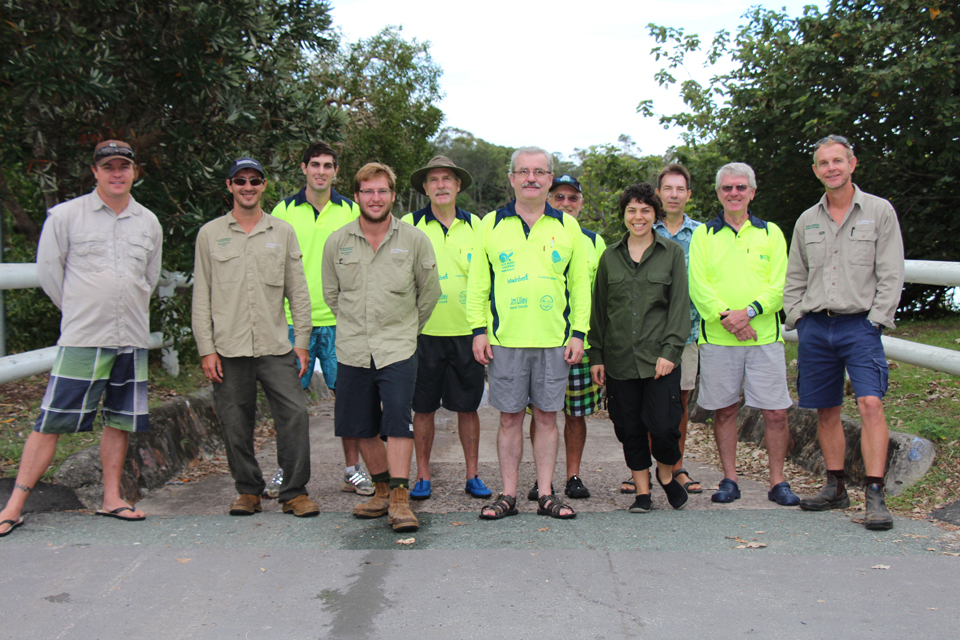
Fish surveys – Currimundi catchment 2013, 2015 and 2019
April 2013
In April 2013, Currimundi Catchment Care Group (CCCG) and environmental consultant and fish ecologist Kris Pitman, conducted a fish survey within the Currimundi catchment. The intent of the survey was to conduct an assessment of the fish communities present in the estuarine and freshwater reaches of the catchment and compare the results to previous surveys. This is one measure of the health of our waterways and will provide a baseline for future assessments.
The survey was funded by a sponsorship from Unitywater and Sunshine Coast Council. Several volunteers from CCCG and three members of the Council Waterways team assisted Kris during the survey.
Seine nets were used in estuarine sites as they are very effective at sampling estuarine fish communities and are non-destructive so that fish can be released unharmed. Two different sized nets were used to adequately capture a wide variety of fish species and fish sizes. In freshwater sites, a combination of seine netting and electro-pulse fishing were used.
The fish caught were identified by species, counted and measured, catalogued and then returned alive to the water.
Saltwater sites surveyed were Currimundi Lake (3), Currimundi Creek South Arm (2), Currimundi Creek North Arm (1), Pangali Canal at the western end of Noel Burns Park (1); Tokara Canal (1) and Baroona Canal (1). Freshwater sites were the Ring Tank, drainage around Ring Tank and Meridan Way at the first culvert past the Kawana Way overbridge.
The Results
More than 4,500 fish and one stingray were sampled in the estuarine sites with 40 different species identified. Almost 2,500 fish and two turtles were sampled at the fresh water sites with 16 species identified.
While bream, tiger mullet and a mangrove jack were sampled, the dominant fish by numbers were the estuary perchlet followed by the southern herring.
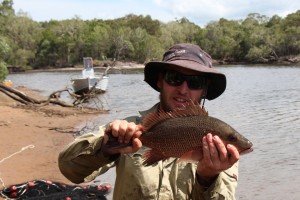
Interestingly, while the lake, creeks and canals are interconnected allowing fish to move around the waterways, the fish communities in the creeks were relatively different from those in the lake and canals and one canal, where more than 850 mullet were caught, was different from the other two canals and the lake. Water quality readings presented as expected with surface water being different from deep water.
Compared with earlier studies this survey sampled more diverse species and some species sampled in the earlier studies were not present in this study and vice versa.
Fishing is a popular recreation in the Currimundi catchment with optimists throwing in a line hoping for their next meal. In order to have an abundance and diversity of fish species, communities must protect the waterways not only for the fish but also for biodiversity, water quality and the whole ecosystem. Remember, when fishing take only what you need and “no habitat- no fish”.
In the News
Channel 7 Local news interviewed Kris and CCCG project leader David Allan.
You can view the video of the news item on our YouTube channel here.
The survey was also reported in the Caloundra Weekly.
The Report
Download a copy of the final report here.
April 2015
CCCG again partnered with Pitman Research and Consulting, Sunshine Coast Council and Unitywater to conduct a similar fish survey.
Download the final report here.
2019
Fishology Consulting (formerly Pitman Research and Consulting) was commissioned by Sunshine Coast Regional Council to undertake another fish community assessment of the Currimundi catchment.


